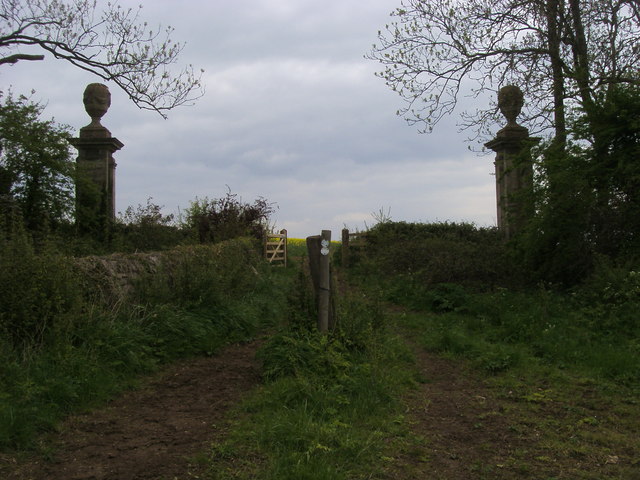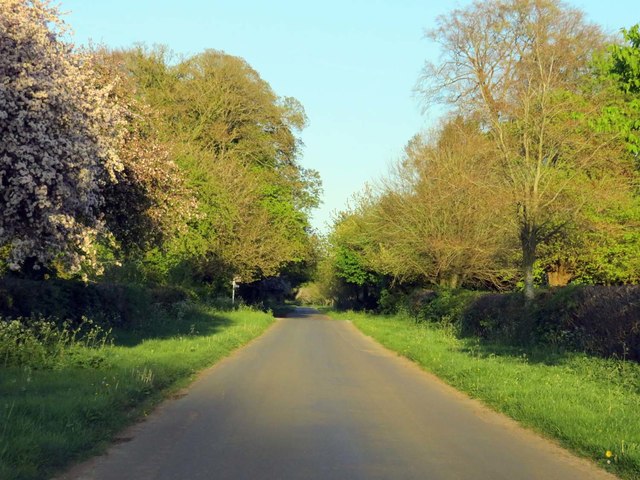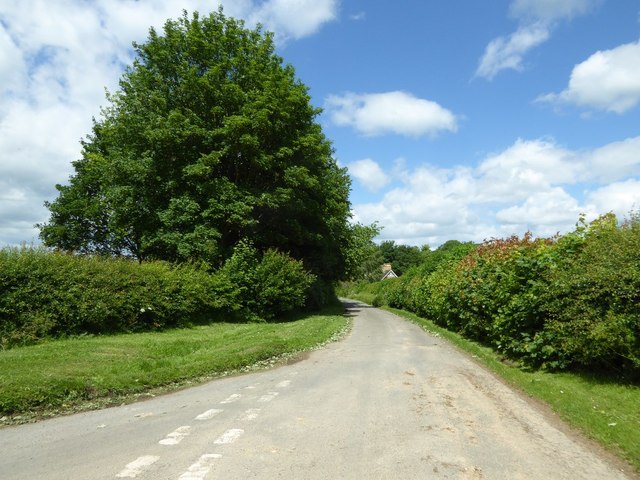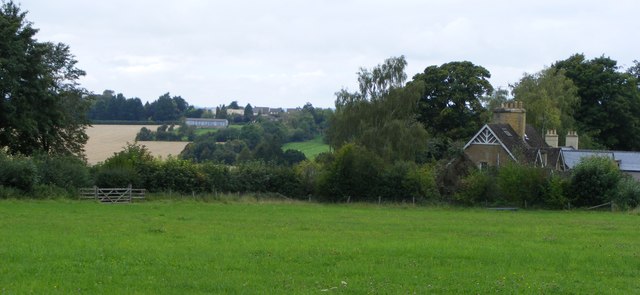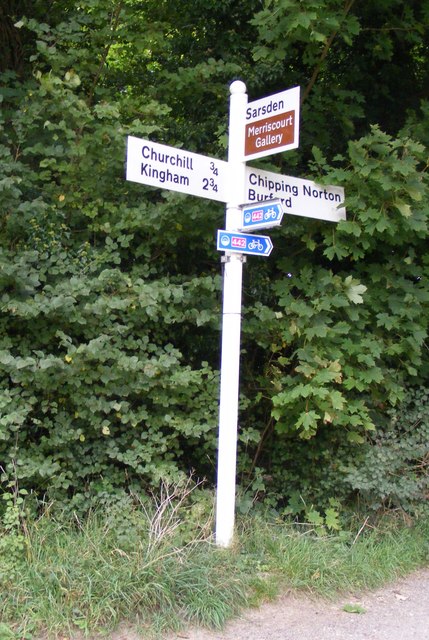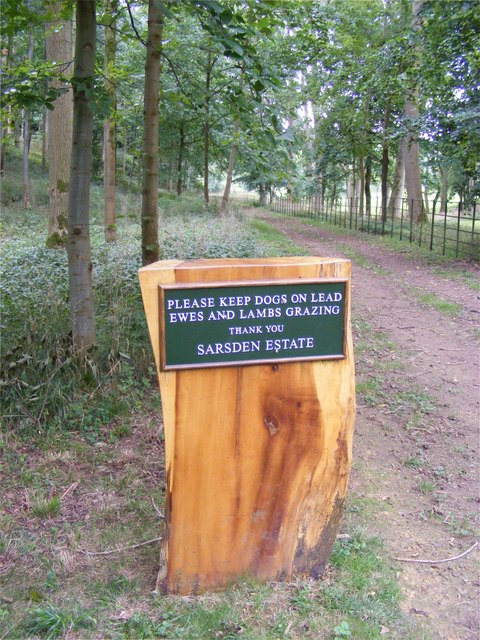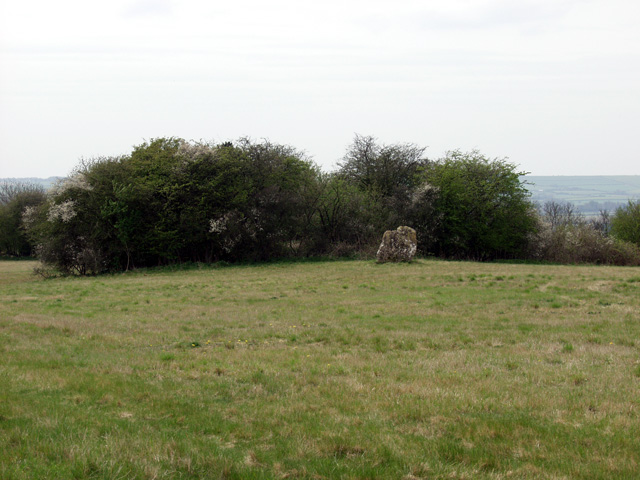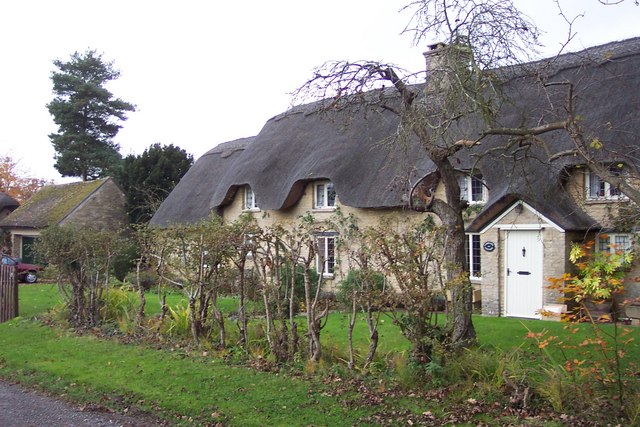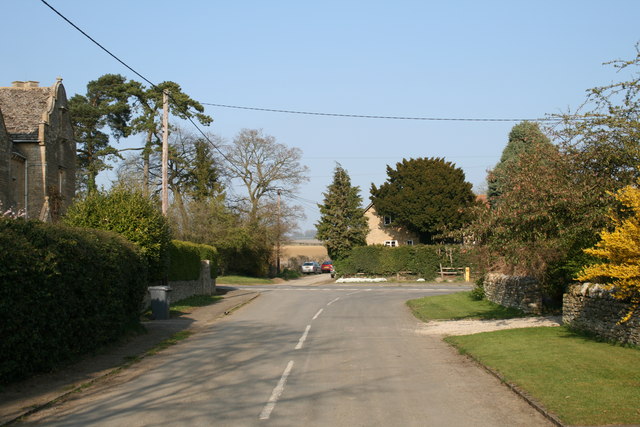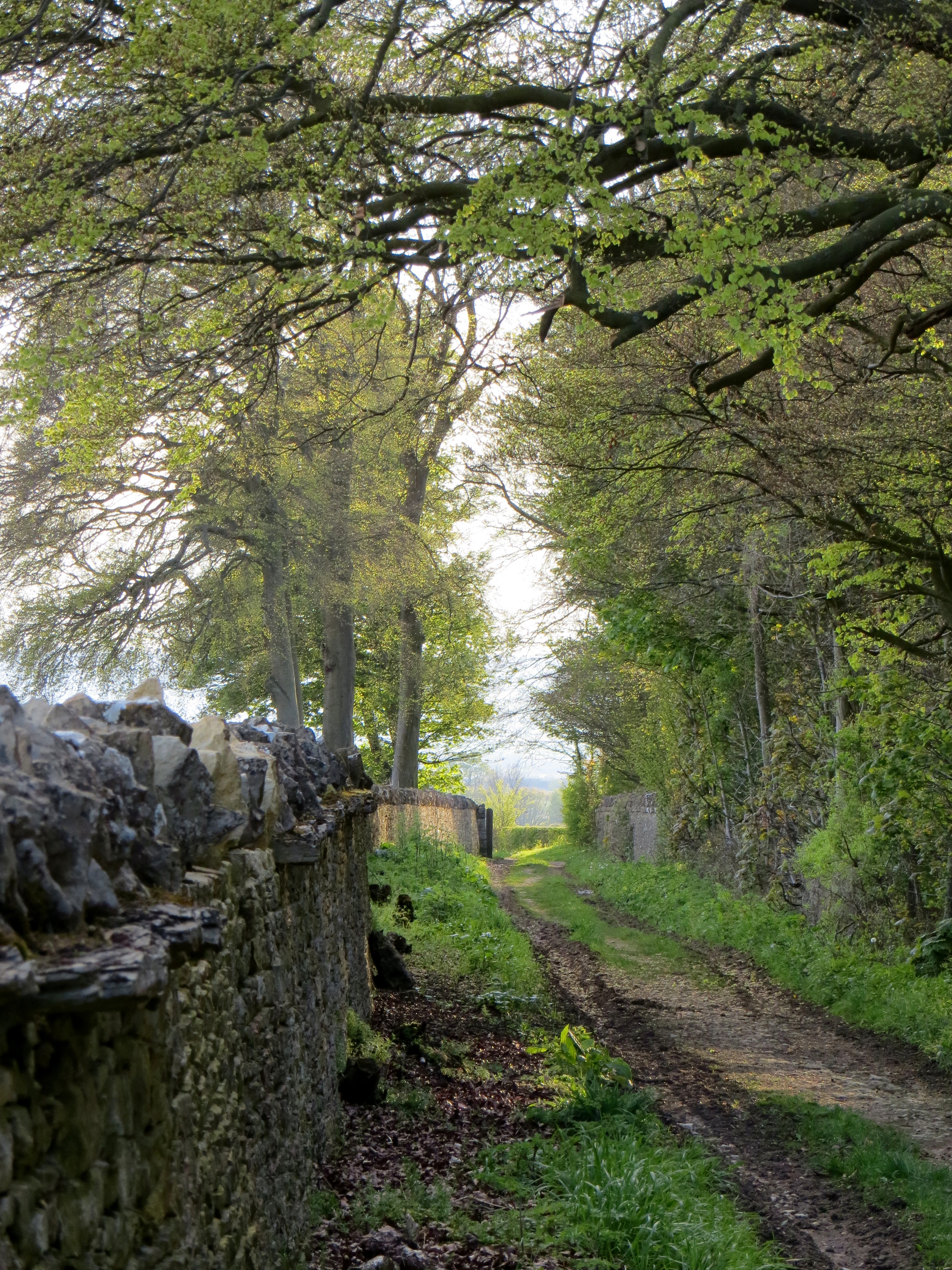Barter's Hill
Hill, Mountain in Oxfordshire West Oxfordshire
England
Barter's Hill

Barter's Hill is a prominent hill located in Oxfordshire, England. Situated in the heart of the county, it is part of the larger Chiltern Hills range. With an elevation of approximately 218 meters (715 feet), Barter's Hill offers stunning panoramic views of the surrounding countryside.
The hill is named after the Barter family, who were prominent landowners in the area during the 18th and 19th centuries. They played a significant role in the development of the region, and their legacy can still be seen in the well-preserved historic buildings and estates that dot the landscape.
Barter's Hill is a popular destination for outdoor enthusiasts and nature lovers. Its vast expanse of rolling green fields and dense woodlands provides ample opportunities for hiking, walking, and picnicking. The hill is also home to a diverse range of flora and fauna, making it an excellent spot for birdwatching and wildlife observation.
The summit of Barter's Hill is marked by a stone cairn, which has become a landmark for visitors. From this vantage point, one can admire the breathtaking views of the Oxfordshire countryside, with its patchwork of fields, hedgerows, and charming villages.
Access to Barter's Hill is relatively easy, with several footpaths and bridleways leading up to the summit. It is conveniently located near the town of Henley-on-Thames, which offers amenities such as parking, refreshments, and restrooms.
Overall, Barter's Hill is a picturesque and tranquil destination, perfect for those seeking a peaceful retreat in the heart of Oxfordshire's natural beauty.
If you have any feedback on the listing, please let us know in the comments section below.
Barter's Hill Images
Images are sourced within 2km of 51.894553/-1.5660711 or Grid Reference SP2921. Thanks to Geograph Open Source API. All images are credited.
![Wayside cross, Sarsden According to the Historic England listing there is a question of the age of this wayside cross in Sarsden. The cross is described as "apparently early to mid-C14 but possibly early C19 reusing medieval stonework", the thinking being that it may have used some stone from Churchill church which was demolished in the early 19th century. The cross is Grade II* listed.
Historic England description
Not shown on O.S. map. Wayside cross. Apparently early to mid-C14 but possibly early C19 reusing medieval stonework. Limestone. Short octagonal shaft with gabled canopy having small circular socket to top on octagonal plinth with blind cinquefoil-headed panel to each side. Base of 6 wide steps forming irregular octagon. The cross is not marked on detailed estate maps of the area made in 1788 and 1795 nor do the accompanying terriers give any indication of its existence through field names. The cross was drawn by J.C, Buckler in 1825, the year in which most of the old church at Churchill (q.v.) was demolished, and it is possible that fragments from there were used to make up the cross. (Buildings of England: Oxfordshire: p753; B.J. Marples: The Medieval Crosses of Oxfordshire: Oxoneinsia 38 (1973), pp.302, 303, 308; Bodleian Library, Oxford: MS.Top.0xon.a.68 No.453; Oxfordshire County Record Office, estate maps) [2645]
Source: <span class="nowrap"><a title="https://www.historicengland.org.uk/listing/the-list/list-entry/1053279" rel="nofollow ugc noopener" href="https://www.historicengland.org.uk/listing/the-list/list-entry/1053279">Link</a><img style="margin-left:2px;" alt="External link" title="External link - shift click to open in new window" src="https://s1.geograph.org.uk/img/external.png" width="10" height="10"/></span>](https://s3.geograph.org.uk/geophotos/05/42/57/5425707_686cb836.jpg)
![Wayside cross, Sarsden According to the Historic England listing there is a question of the age of this wayside cross in Sarsden. The cross is described as &quot;apparently early to mid-C14 but possibly early C19 reusing medieval stonework&quot;, the thinking being that it may have used some stone from Churchill church which was demolished in the early 19th century. The cross is Grade II* listed.
Historic England description
Not shown on O.S. map. Wayside cross. Apparently early to mid-C14 but possibly early C19 reusing medieval stonework. Limestone. Short octagonal shaft with gabled canopy having small circular socket to top on octagonal plinth with blind cinquefoil-headed panel to each side. Base of 6 wide steps forming irregular octagon. The cross is not marked on detailed estate maps of the area made in 1788 and 1795 nor do the accompanying terriers give any indication of its existence through field names. The cross was drawn by J.C, Buckler in 1825, the year in which most of the old church at Churchill (q.v.) was demolished, and it is possible that fragments from there were used to make up the cross. (Buildings of England: Oxfordshire: p753; B.J. Marples: The Medieval Crosses of Oxfordshire: Oxoneinsia 38 (1973), pp.302, 303, 308; Bodleian Library, Oxford: MS.Top.0xon.a.68 No.453; Oxfordshire County Record Office, estate maps) [2645]
Source: <span class="nowrap"><a title="https://www.historicengland.org.uk/listing/the-list/list-entry/1053279" rel="nofollow ugc noopener" href="https://www.historicengland.org.uk/listing/the-list/list-entry/1053279">Link</a><img style="margin-left:2px;" alt="External link" title="External link - shift click to open in new window" src="https://s1.geograph.org.uk/img/external.png" width="10" height="10"/></span>](https://s2.geograph.org.uk/geophotos/05/42/57/5425710_71a3ec6d.jpg)

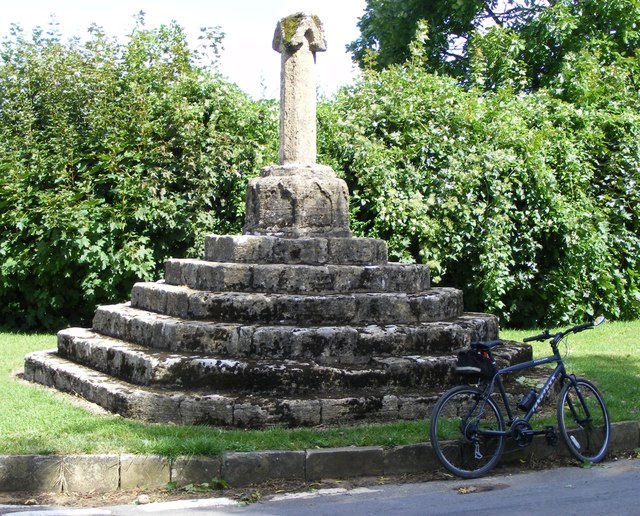
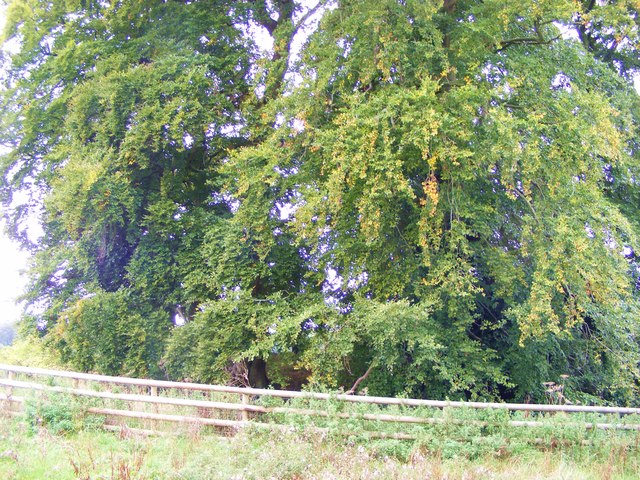
Barter's Hill is located at Grid Ref: SP2921 (Lat: 51.894553, Lng: -1.5660711)
Administrative County: Oxfordshire
District: West Oxfordshire
Police Authority: Thames Valley
What 3 Words
///releases.verb.wing. Near Shipton under Wychwood, Oxfordshire
Nearby Locations
Related Wikis
Lyneham Longbarrow
Lyneham Longbarrow (grid reference SP297210) is a long barrow near Lyneham, Oxfordshire. It is beside the A361 road, between Shipton-under-Wychwood and...
Sarsden
Sarsden is a village and civil parish about 3 miles (5 km) south of Chipping Norton, Oxfordshire. The 2001 Census recorded the parish population as 83...
Knollbury
Knollbury is a scheduled Iron Age hillfort enclosure to the north west of Chadlington in Oxfordshire. Believed to be defensive in nature the enclosure...
Lyneham, Oxfordshire
Lyneham is a village and civil parish about 5 miles (8 km) southwest of Chipping Norton, Oxfordshire. It is bounded to the southwest by the River Evenlode...
Sarsgrove Wood
Sarsgrove Wood is a 41.9-hectare (104-acre) biological Site of Special Scientific Interest south of Chipping Norton in Oxfordshire.This ancient wood has...
Ascott-under-Wychwood
Ascott-under-Wychwood is a village and civil parish in the Evenlode valley about 4.5 miles (7 km) south of Chipping Norton, Oxfordshire, England. The 2011...
Milton-under-Wychwood
Milton-under-Wychwood is an English village and civil parish about 4 miles (6.4 km) north of Burford, Oxfordshire, just off the A361 road between Burford...
The Dower House, Sarsgrove Wood
The Dower House, Sarsgrove Wood is a Grade II* listed house in Sarsgrove Wood, Churchill, Oxfordshire, England (near Chipping Norton).The house has been...
Have you been to Barter's Hill?
Leave your review of Barter's Hill below (or comments, questions and feedback).

